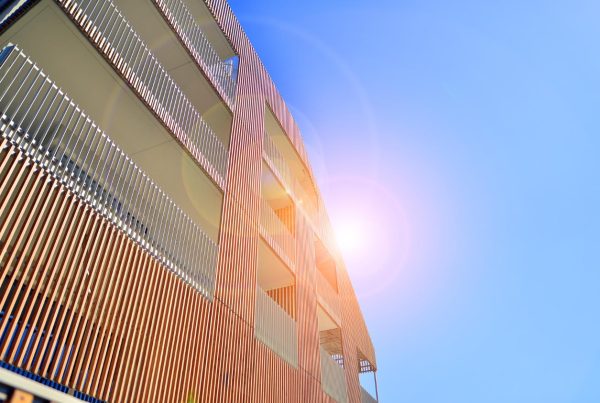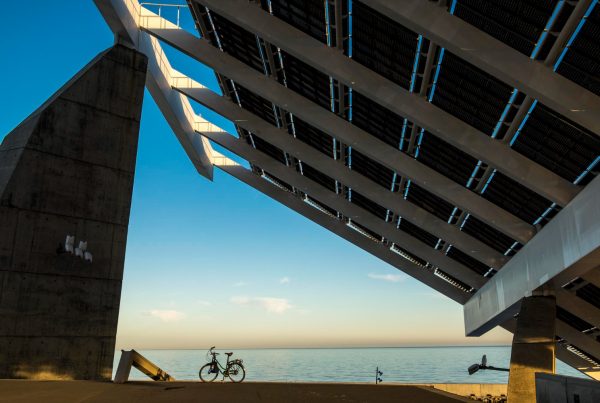
The global construction industry is turning over a new leaf by embracing sustainable modular construction methods. In this part two of a 3-part series, we highlight how these eco-friendly solutions are helping nations move closer to their environmental goals.
In an era where environmental sustainability is paramount, the construction industry is making significant strides towards greener and more eco-conscious practices. At the heart of this sustainability drive is modular construction, an innovative approach that not only accelerates project timelines but also aligns seamlessly with environmental targets.
Sustainable Revolution
Modular construction has become a beacon of sustainability in the construction landscape. One of its most compelling features is its eco-friendliness. The controlled factory environment where modular components are manufactured ensures efficient material usage, thereby minimising construction waste. This reduction in waste generation is a vital step towards sustainable building practices.
Furthermore, the process of modular construction often incorporates advanced energy-efficient technologies in factories. This results in lower energy consumption during production, reducing the overall environmental footprint of construction projects.
Contributing to Environmental Goals
Nations around the world have set ambitious environmental targets, and modular construction is emerging as a key player in helping achieve these goals. The reduced waste and controlled energy consumption of modular construction aligns perfectly with the commitment to environmentally responsible building practices.
The integration of sustainable building materials and practices into modular construction further solidifies its role in environmental conservation. This approach complements broader efforts to combat climate change and reduce carbon footprints.
As the world continues to urbanise and expand its infrastructure, the adoption of modular construction methods will be pivotal in ensuring a sustainable and eco-conscious future. These practices empower architects, engineers, and builders to create structures that are not only efficient but also environmentally responsible.
In the final part of this series, we look ahead to the future of construction in Malaysia. Modular construction is poised to play a pivotal role in the nation’s urban development, offering customised and sustainable solutions.
Article 1: Embracing the Future of Construction with Modular Building














